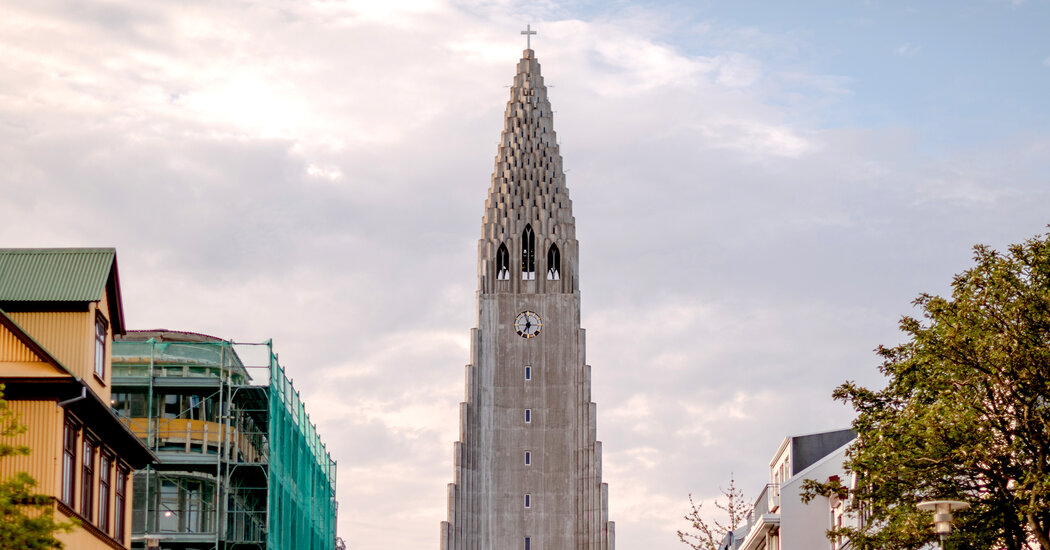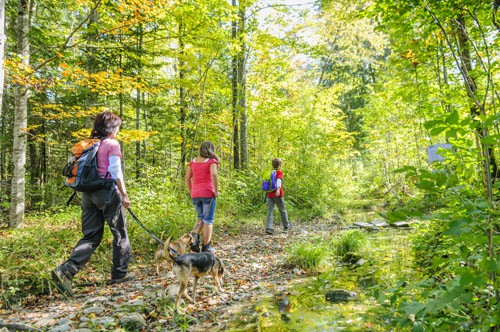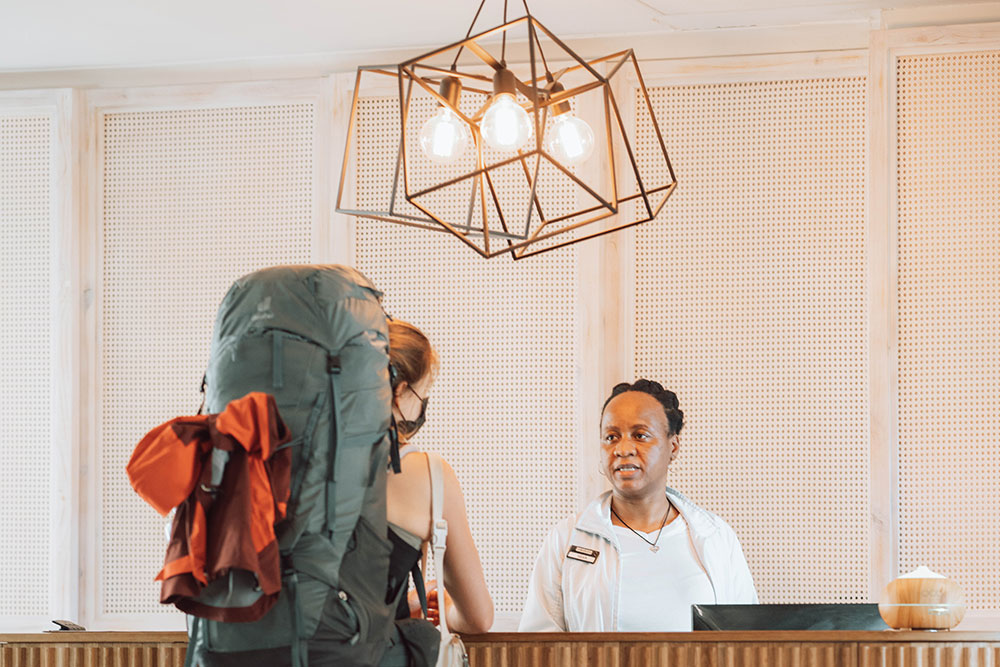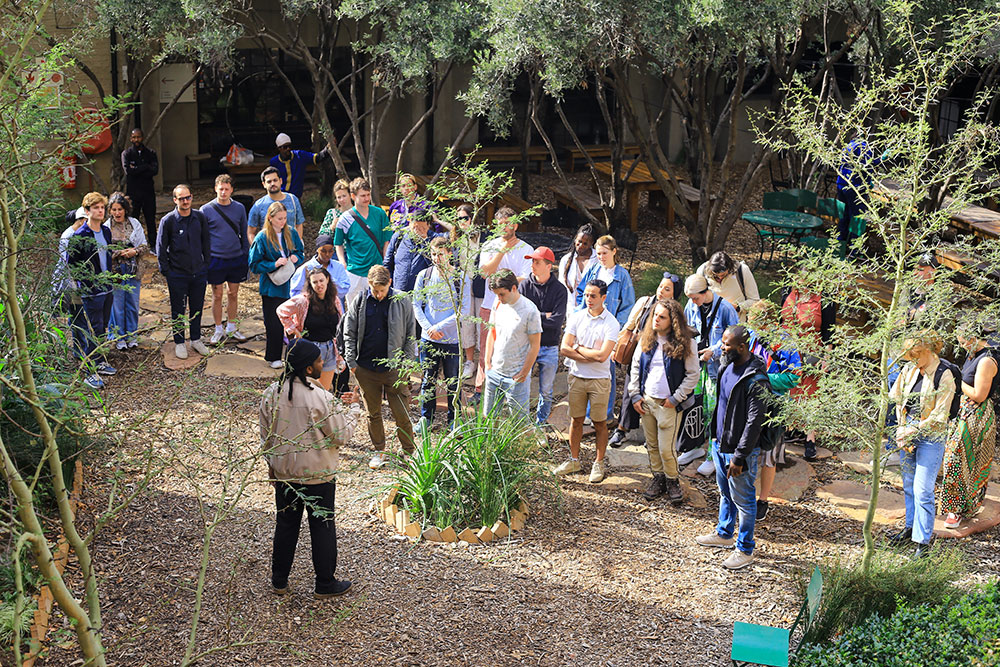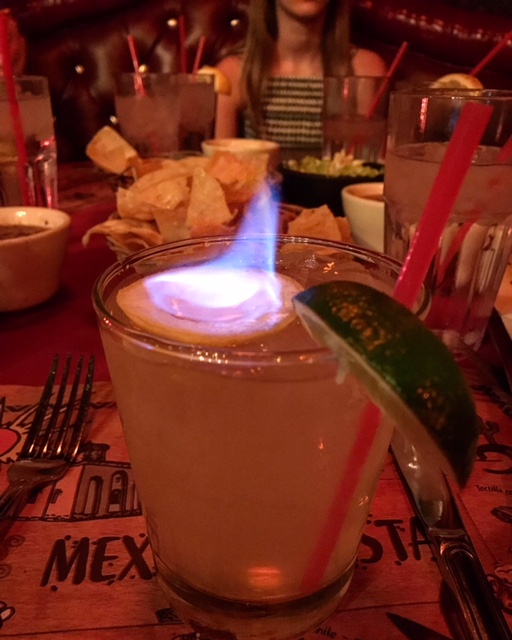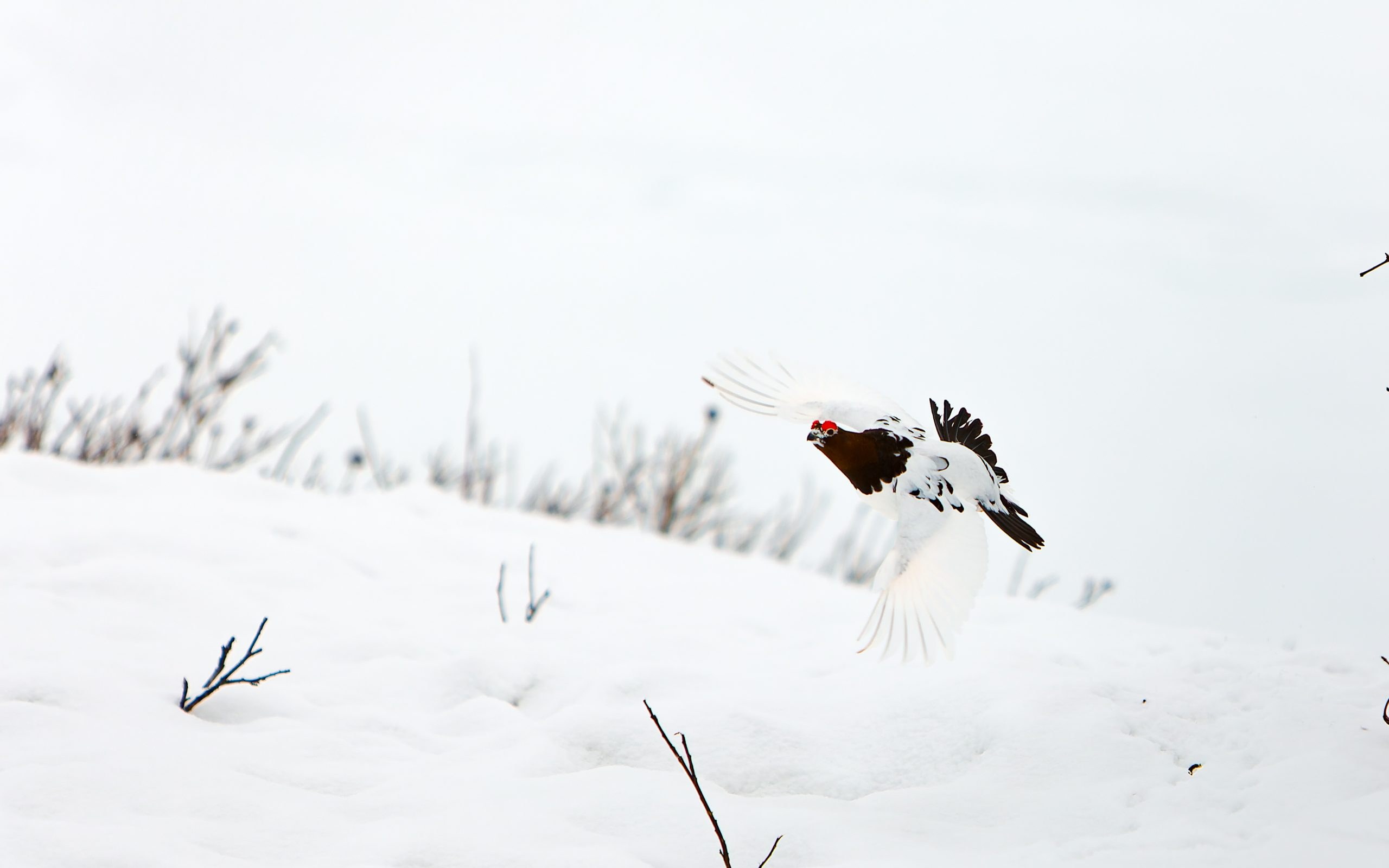
Lessons in feathers and freedom
Picture it: You’re in the mountains of Alaska, out where the trail ends and the air tastes unused. You’ve forgotten what a crummy week you just had. You’ve even forgotten the cramping protests in your right thigh and the 10 miles you’ll have to hike back to the truck. Here in the mountains, you’re just an animal; a pair of lungs and a circuit of senses, raw and unfettered, living second to second. Same as the ptarmigan you so desperately chase.
This was me last September. I was halfway up a scree slope on the Kenai Peninsula, and my heart was thumping like a phonebook in a dryer. I’d just flushed a handful of willow ptarmigan that cackled and flew way off into the next valley. Even though this ptarmigan flush was what I hoped to find when I set off from the trailhead with a 20-gauge shotgun in hand, the spectacle was startling enough that I didn’t even shoot. I just watched them go.
Alaska has three varieties of ptarmigan—the willow, the rock, and the white-tailed—and these birds occupy their own specific niches at varying elevations (all usually above tree line). The history of the word ptarmigan is slightly fascinating: according to naturalist William Burley Lockwood, the word is originally from the Scottish Gaelic tàrmachan (dahr-muh-can) which means “croaker.” The silent “p” was added sometime during the 1600s as a tip-of-the-hat to the Greek word ptéron, meaning “wing” or “feather.” Now you know the etymological origins of Alaska’s state bird. Share it at a cocktail party sometime.
The birds themselves are rare, relatively speaking. Their range is limited to Alaska and most of Canada, with the white-tailed ptarmigan found in a modicum of mountain microregions in Colorado, Utah, Idaho, Montana, and New Mexico. Wherever they are found, though, you typically won’t see these birds from the truck; they require some calories and boot leather to reach, which for some avian-focused explorers—myself included—is kind of the point.
They live where few other things do. Sure, you might come across a high-country wolf or a bear in ptarmigan territory, but for the most part they share habitat with things like Dall sheep, mountain goats, and the stoic species of tundra plants that they eat.
I can think of no bird that’s better adapted to living in Alaska. Their hardiness notwithstanding, ptarmigan undergo seasonal molting, which is a chameleon-esque change in plumage color that happens every fall and spring. In summer, ptarmigan are adorned with drab reds and browns and grays; winter finds them white as the snow. In both cases, the birds are practically indistinguishable from their surroundings, which is by design. You can almost step on them before they’ll lose faith in their camouflage.
This occasional reluctance to fly, along with their remoteness, makes ptarmigan an underappreciated game bird. I’ve never run into another person specifically hunting them. This doesn’t mean I want to see a whole rabble of other ptarmigan hunters out there in the high country this fall, but people are missing out a little. Just as ptarmigan are Alaska’s bird, I think they can lead a person to some of the most authentic Alaskan experiences that exist. Usually, you find them in places that quicken the pulse; places you can’t access except on your own steam; places where humanity falls away and you seem to be stealing a glimpse of life and land from 10 million years ago. You’re free to wander, free to roam, often free to die if you don’t do things carefully.
To go in search of ptarmigan is to go in search of freedom.
Publisher: Source link
Latest Posts
-
31 July 2025
-
26 July 2025
-
14 July 2025
-
01 July 2025
-
07 August 2025
-
29 July 2025
-
20 February 2025
-
04 February 2025
Newsletter
Sign up for free and be the first to get notified about new posts.
Get The Best Blog Stories into Your icountox!
Sign up for free and be the first to get notified about new posts.




